Planting Cauliflower for Beginners can seem daunting, but trust me, it’s more rewarding than you think! Have you ever dreamt of strolling through your backyard, basket in hand, and harvesting your own perfectly formed cauliflower head? It’s a feeling of accomplishment that store-bought produce simply can’t replicate. For centuries, cauliflower has been a staple in gardens and kitchens worldwide, dating back to ancient civilizations in the Mediterranean. It wasn’t just a food source; it was a symbol of abundance and healthy living.
But let’s be honest, the supermarket cauliflower can be bland and overpriced. That’s where this DIY guide comes in! I’m going to share my tried-and-true secrets for successfully planting cauliflower for beginners, even if you’ve never touched a trowel before. We’ll cover everything from choosing the right variety to protecting your precious plants from pests. Imagine serving a delicious, homegrown cauliflower dish to your family, knowing you nurtured it from seed to table. This guide will empower you to ditch the grocery store veggies and embrace the joy of growing your own fresh, flavorful cauliflower. Let’s get started!
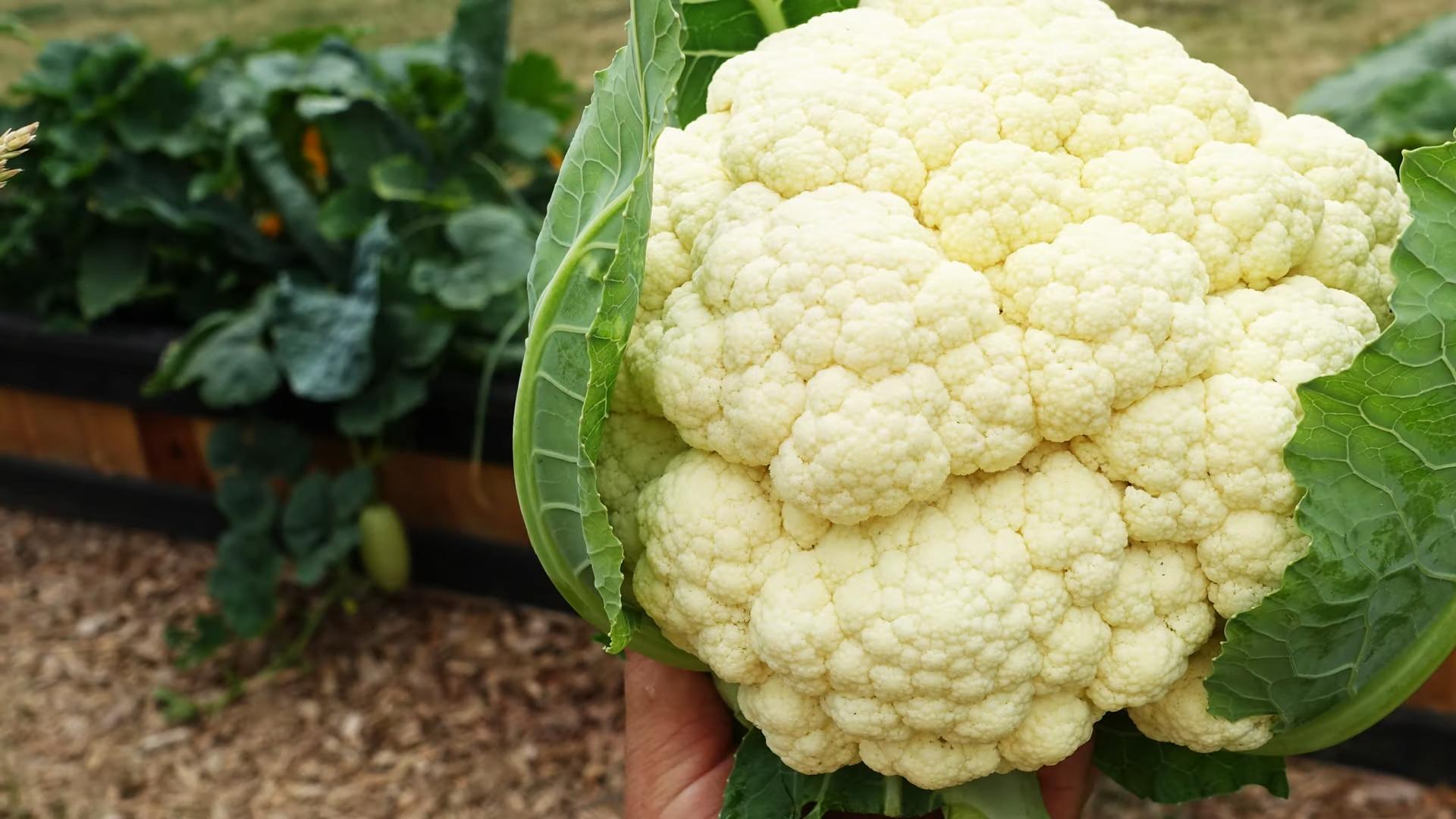
Planting Cauliflower for Beginners: A Step-by-Step Guide
Alright, so you’re thinking about growing cauliflower? Awesome! It might seem a little intimidating at first, but trust me, with a little planning and some patience, you can totally grow your own delicious cauliflower. I’m going to walk you through everything you need to know, from choosing the right variety to harvesting your beautiful heads. Let’s get started!
Choosing the Right Cauliflower Variety
Before you even think about digging in the dirt, you need to pick the right cauliflower variety for your climate and growing season. There are tons of options out there, and some are better suited for certain conditions than others.
* Consider your climate: Are you in a warm climate or a cooler one? Some varieties are more heat-tolerant, while others thrive in cooler temperatures.
* Think about your growing season: How long is your growing season? Some cauliflower varieties mature faster than others.
* Choose a variety that suits your needs: Do you want a classic white cauliflower, or are you feeling adventurous and want to try a purple or orange variety?
Here are a few popular cauliflower varieties to consider:
* Snowball Y Improved: A classic, reliable white cauliflower that’s great for beginners. It matures relatively quickly (around 50-60 days).
* Cheddar: An orange cauliflower that’s packed with Vitamin A. It’s a bit more heat-tolerant than some other varieties.
* Graffiti: A stunning purple cauliflower that adds a pop of color to your garden. It’s also quite nutritious.
* Early White Hybrid: A fast-maturing variety, perfect if you have a shorter growing season.
Once you’ve chosen your variety, you can either start your cauliflower from seed indoors or buy transplants from a local nursery. I usually prefer to start from transplants, especially if I’m short on time.
Preparing the Soil
Cauliflower is a heavy feeder, meaning it needs a lot of nutrients to grow properly. So, preparing the soil is crucial for success.
* Choose a sunny spot: Cauliflower needs at least 6 hours of sunlight per day.
* Test your soil: A soil test will tell you the pH level and nutrient content of your soil. Cauliflower prefers a slightly acidic soil with a pH between 6.0 and 7.0.
* Amend the soil: Based on your soil test results, you may need to amend the soil with compost, manure, or other organic matter. This will improve drainage, aeration, and nutrient content. I always add a generous amount of compost to my cauliflower beds.
* Ensure good drainage: Cauliflower doesn’t like to sit in soggy soil, so make sure your soil drains well. If you have heavy clay soil, you may need to add some sand or perlite to improve drainage.
Planting Your Cauliflower
Now for the fun part – planting! Whether you’re planting transplants or starting from seed, here’s what you need to do:
1. Harden off transplants (if applicable): If you bought transplants from a nursery, you’ll need to harden them off before planting them in the garden. This means gradually exposing them to outdoor conditions over a period of a week or so. Start by putting them outside for a few hours each day, and gradually increase the amount of time they spend outdoors.
2. Dig holes: Dig holes that are slightly larger than the root balls of your transplants. Space the holes about 18-24 inches apart. If you’re planting in rows, space the rows about 30-36 inches apart.
3. Plant the transplants: Gently remove the transplants from their containers and loosen the roots a bit. Place the transplants in the holes and backfill with soil. Make sure the top of the root ball is level with the soil surface.
4. Water thoroughly: Water the transplants thoroughly after planting. This will help settle the soil and get the roots established.
5. Mulch: Apply a layer of mulch around the plants to help retain moisture, suppress weeds, and regulate soil temperature. I like to use straw or wood chips.
6. If starting from seed: Sow seeds indoors 6-8 weeks before the last expected frost. Plant seeds ¼ inch deep in seed starting mix. Keep the soil moist and warm. Once seedlings emerge, provide plenty of light. Transplant seedlings outdoors after hardening off, following the spacing guidelines above.
Caring for Your Cauliflower
Once your cauliflower is planted, it’s important to provide it with the care it needs to thrive.
* Water regularly: Cauliflower needs consistent moisture, especially during hot, dry weather. Water deeply and regularly, aiming for about 1-2 inches of water per week.
* Fertilize: Cauliflower is a heavy feeder, so you’ll need to fertilize it regularly. Use a balanced fertilizer or a fertilizer specifically formulated for vegetables. Follow the instructions on the fertilizer label. I like to side-dress my cauliflower plants with compost tea every few weeks.
* Weed regularly: Weeds can compete with cauliflower for nutrients and water, so it’s important to keep your garden weed-free. Hand-pull weeds or use a hoe to cultivate the soil around the plants.
* Protect from pests: Cauliflower is susceptible to a variety of pests, including cabbage worms, aphids, and flea beetles. Inspect your plants regularly for signs of pests and take action if necessary. You can use organic pest control methods, such as insecticidal soap or neem oil. Row covers can also help protect your plants from pests.
* Blanching (optional): Blanching is the process of covering the cauliflower head to prevent it from turning yellow or brown. This is optional, but it can improve the appearance of your cauliflower. To blanch, simply tie the outer leaves of the plant together over the developing head. This will block sunlight and keep the head white.
Harvesting Your Cauliflower
Harvest time is the most rewarding part of growing cauliflower! Here’s how to know when your cauliflower is ready to harvest:
* Check the head size: The head should be firm, compact, and about 6-8 inches in diameter, depending on the variety.
* Look for tight curds: The curds (the individual florets that make up the head) should be tightly packed together. If the curds start to separate, it’s a sign that the cauliflower is overripe.
* Harvest in the morning: Harvest your cauliflower in the morning, when the head is cool and crisp.
* Cut the head: Use a sharp knife to cut the head from the plant, leaving a few leaves attached to protect the head.
Troubleshooting Common Problems
Even with the best care, you may encounter some problems when growing cauliflower. Here are a few common issues and how to address them:
* Buttoning: This is when the cauliflower head forms prematurely and remains small. It’s often caused by stress, such as lack of water or nutrients. Make sure your plants are getting enough water and fertilizer.
* Bolting: This is when the cauliflower plant starts to flower prematurely. It’s often caused by hot weather. Choose heat-tolerant varieties and provide shade during hot weather.
* Clubroot: This is a soilborne disease that causes the roots of cauliflower plants to swell and become distorted. It can be prevented by improving soil drainage and rotating crops.
* Pest infestations: As mentioned earlier, cauliflower is susceptible to a variety of pests. Inspect your plants regularly and take action if necessary.
Extra Tips for Success
* Succession planting: Plant cauliflower every few weeks to extend your harvest season.
* Companion planting: Plant cauliflower with companion plants, such as herbs and flowers, to attract beneficial insects and deter pests.
* Record keeping: Keep track of your planting dates, fertilizer applications, and pest control measures. This will help you learn from your mistakes and improve your success next year.
* Don’t be afraid to experiment: Try different varieties and growing techniques to see what works best for you.
Growing cauliflower can be a challenging but rewarding experience. With a little planning and effort, you can enjoy fresh, homegrown cauliflower all season long. Happy gardening!
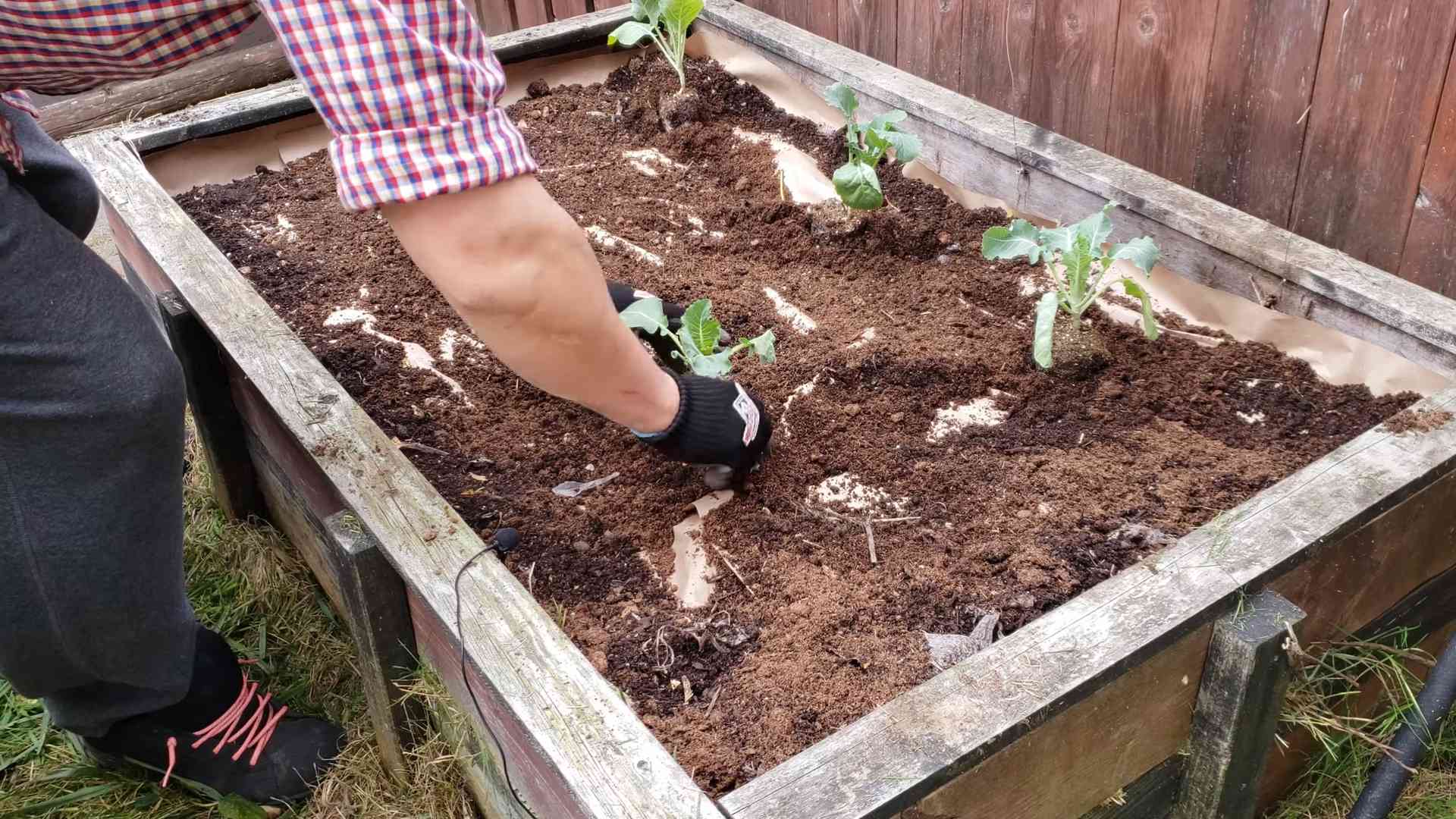
Conclusion
So, there you have it! Planting cauliflower doesn’t have to be intimidating. By following these simple steps and understanding the plant’s basic needs, you can successfully grow your own delicious and nutritious cauliflower right in your backyard. This DIY approach not only saves you money but also gives you the satisfaction of knowing exactly where your food comes from and how it was grown.
Why is this a must-try? Because fresh, homegrown cauliflower tastes significantly better than anything you can buy at the store. The flavor is more delicate, the texture is crisper, and you avoid the pesticides and preservatives often used in commercial farming. Plus, gardening is a fantastic way to connect with nature, relieve stress, and get some exercise.
Don’t be afraid to experiment with different varieties of cauliflower. While the classic white cauliflower is a staple, consider trying purple, orange, or green varieties for a splash of color and a slightly different flavor profile. Romanesco broccoli, with its fractal florets, is another visually stunning and delicious option that’s closely related to cauliflower and shares similar growing requirements.
For those in warmer climates, you might want to explore heat-tolerant varieties specifically bred to withstand higher temperatures. Conversely, if you live in a colder region, choose varieties that mature quickly to ensure a harvest before the first frost. You can also extend your growing season by starting seeds indoors several weeks before the last expected frost.
Consider companion planting to further enhance your cauliflower’s growth and protect it from pests. Marigolds, for example, are known to repel nematodes and other harmful insects, while herbs like rosemary and thyme can attract beneficial pollinators.
Remember to monitor your plants regularly for signs of pests or diseases. Early detection is key to preventing serious problems. If you notice any issues, address them promptly with organic pest control methods or disease-resistant varieties.
We are confident that with a little patience and effort, you’ll be enjoying your own homegrown cauliflower in no time. So, grab your gardening gloves, get your hands dirty, and experience the joy of growing your own food.
We encourage you to try this DIY trick and share your experiences with us! Let us know what varieties you planted, what challenges you faced, and what successes you celebrated. Share your photos and tips in the comments below. We’re all in this together, learning and growing as a community of gardeners. Happy planting!
Frequently Asked Questions (FAQ)
What is the best time of year to plant cauliflower?
The best time to plant cauliflower depends on your climate. In general, cauliflower prefers cool weather, so it’s typically planted in the spring or fall. For a spring crop, start seeds indoors 6-8 weeks before the last expected frost. Transplant seedlings outdoors 2-3 weeks before the last frost. For a fall crop, start seeds indoors in mid-summer and transplant seedlings outdoors in late summer or early fall. The goal is to have the cauliflower mature during cool weather, as high temperatures can cause the heads to become loose and bitter. Check your local extension office for specific planting dates in your area.
How much sunlight does cauliflower need?
Cauliflower requires at least 6 hours of direct sunlight per day to thrive. Choose a planting location that receives full sun for optimal growth and head development. If you live in a particularly hot climate, some afternoon shade may be beneficial to prevent the plants from overheating.
What type of soil is best for cauliflower?
Cauliflower prefers well-drained, fertile soil that is rich in organic matter. The ideal soil pH is between 6.0 and 7.0. Before planting, amend the soil with compost, aged manure, or other organic materials to improve drainage, fertility, and water retention. A soil test can help you determine if your soil is lacking any essential nutrients.
How often should I water cauliflower?
Cauliflower needs consistent moisture to grow properly. Water deeply and regularly, especially during dry periods. Aim to keep the soil consistently moist but not waterlogged. Mulching around the plants can help retain moisture and suppress weeds. A good rule of thumb is to water when the top inch of soil feels dry to the touch.
What are common pests and diseases that affect cauliflower?
Cauliflower is susceptible to several pests and diseases, including cabbage worms, aphids, flea beetles, clubroot, and black rot. Regularly inspect your plants for signs of infestation or disease. Use organic pest control methods, such as insecticidal soap or Bacillus thuringiensis (Bt), to control pests. Choose disease-resistant varieties and practice crop rotation to prevent diseases. Ensure good air circulation around the plants to reduce the risk of fungal diseases.
How do I know when my cauliflower is ready to harvest?
Cauliflower is ready to harvest when the head is firm, compact, and reaches the desired size. The size will vary depending on the variety, but most heads are ready when they are 6-8 inches in diameter. The florets should be tightly packed together and not starting to separate or turn yellow. Use a sharp knife to cut the head from the plant, leaving a few leaves attached to protect the head.
Can I grow cauliflower in containers?
Yes, you can grow cauliflower in containers, but you’ll need to choose a large container that is at least 12 inches in diameter and 12 inches deep. Use a high-quality potting mix and ensure that the container has good drainage. Water regularly and fertilize every 2-3 weeks with a balanced fertilizer. Container-grown cauliflower may require more frequent watering and fertilization than plants grown in the ground.
What is “blanching” cauliflower and why is it done?
Blanching is the process of covering the developing cauliflower head with its own leaves to prevent it from turning yellow or brown. This is typically done when the head is about 2-3 inches in diameter. To blanch, simply fold the leaves over the head and secure them with clothespins or rubber bands. Blanching is not necessary for all varieties of cauliflower, but it can help to produce a whiter, more appealing head. Self-blanching varieties are available that naturally curl their leaves over the head.
How can I prevent cauliflower from bolting (going to seed)?
Bolting, or premature flowering, can occur when cauliflower is exposed to prolonged periods of cold or heat stress. To prevent bolting, choose varieties that are well-suited to your climate and plant them at the appropriate time of year. Provide consistent moisture and avoid stressing the plants. Mulching can help to regulate soil temperature and prevent bolting.
Can I eat the leaves of the cauliflower plant?
Yes, the leaves of the cauliflower plant are edible and nutritious. They can be cooked like kale or collard greens. They have a slightly stronger flavor than the florets but are a good source of vitamins and minerals. Don’t discard them!


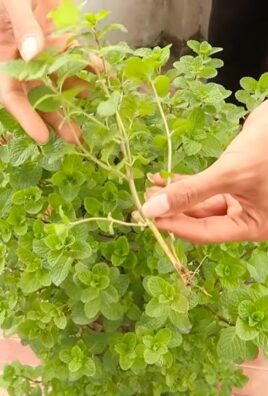
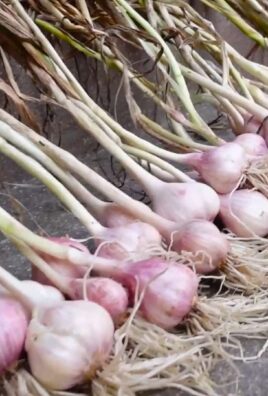
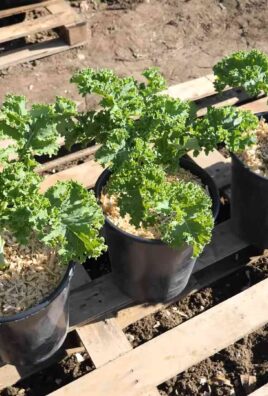
Leave a Comment